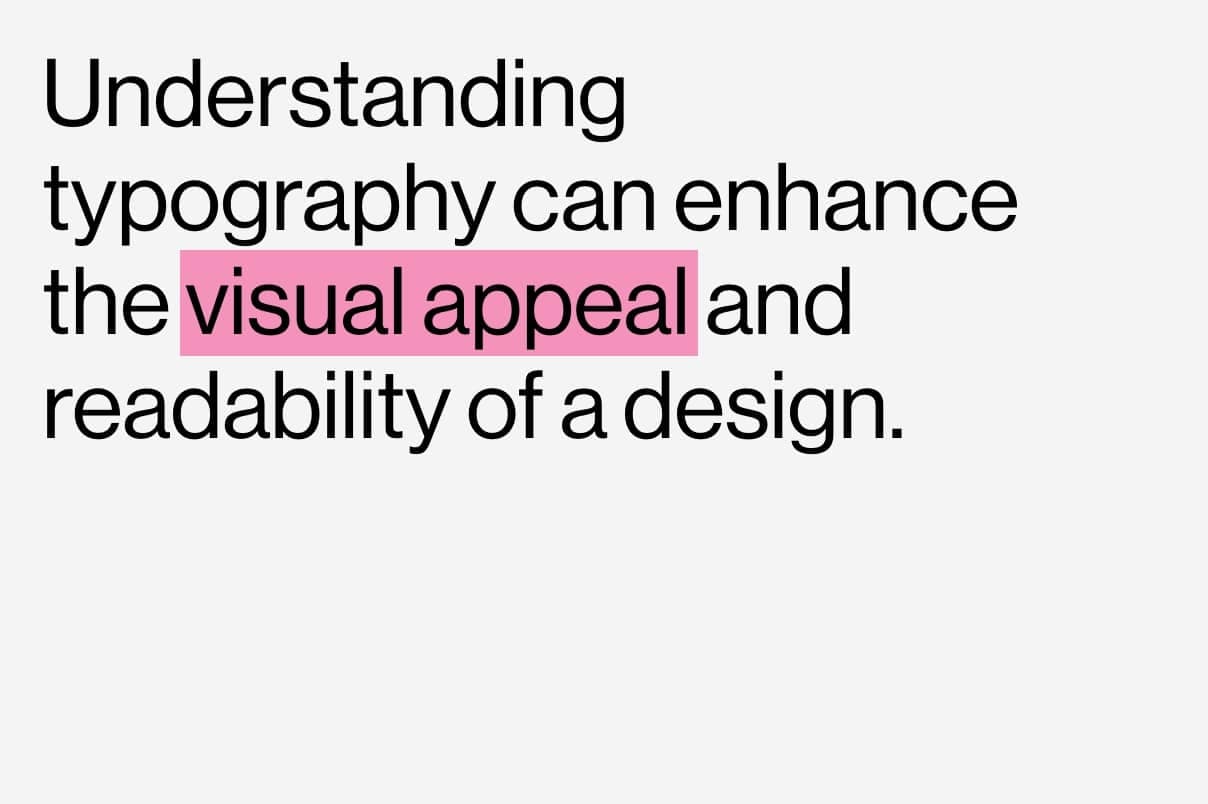CATEGORY
Creative Insights
WRITER
Rebecca Meyer
ARTICLE
It's 2024. Are we finally ready for a 2-way conversation?
DATE
06.11.24
If you refuse to say hi first, you can’t really blame the other person for not making that initial step either.
This may sound a bit irrelevant, you may wonder why you should be reading this article, afterall you came here with the promise of me talking to you about branding and communication - maybe about design. So what is this intro all about? While not really about design or communication, it’s about the way pretty much any interaction between humans, and ultimately also between humans and brands, goes.
It’s about sending the signals you want to receive back. It’s about giving before you expect something in return. It’s about setting the example. It’s about doing the right thing, and doing it with an open mind.

We are in 2024 and the landscape of brands is completely scattered. Thanks to the internet, social media, and a general change in consumer loyalty, a lot of smaller brands are competing for their space in the market. With direct access to their customers and an often more agile and responsive set-up, smaller brands can make up ground on more established big players with huge marketing budgets.
Brand communication has become so much more about not shouting AT someone but talking WITH someone. It’s not a one-way conversation, it’s an exchange. It’s a lot about listening, being relatable, and being able to pivot on what is important to your community.

It’s 2024. Are we finally ready for a two-way conversation?
“Perhaps showing a bunch of people stereotypes, noting their response and re-promoting the stereotypes simply reinforces the stereotypes into a self-sustaining feedback loop of bullshit?” - Kris Sowersby
For a long time, brands kind of dominated the narrative. They were shouting at their audience, telling them what they were supposed to buy. PLEASE!
Once the effect of that wore off, they started using influencers to do that job for them, insiders that didn’t look like a brand, that felt like “one of the audience”, but ultimately the message and the process were the same. Someone was paid to tell you, what to buy. PLEASE!
I have seen a big shift in the creator industry recently. Influencers that would simply sign contracts to sell a product, putting a face to an item are becoming less relevant, and new content creators are building a career on having agency and creating genuine content including critical thinking and risking to piss brands off for not towing the party line. The same can be seen all across marketing, especially when it comes to younger consumers.







